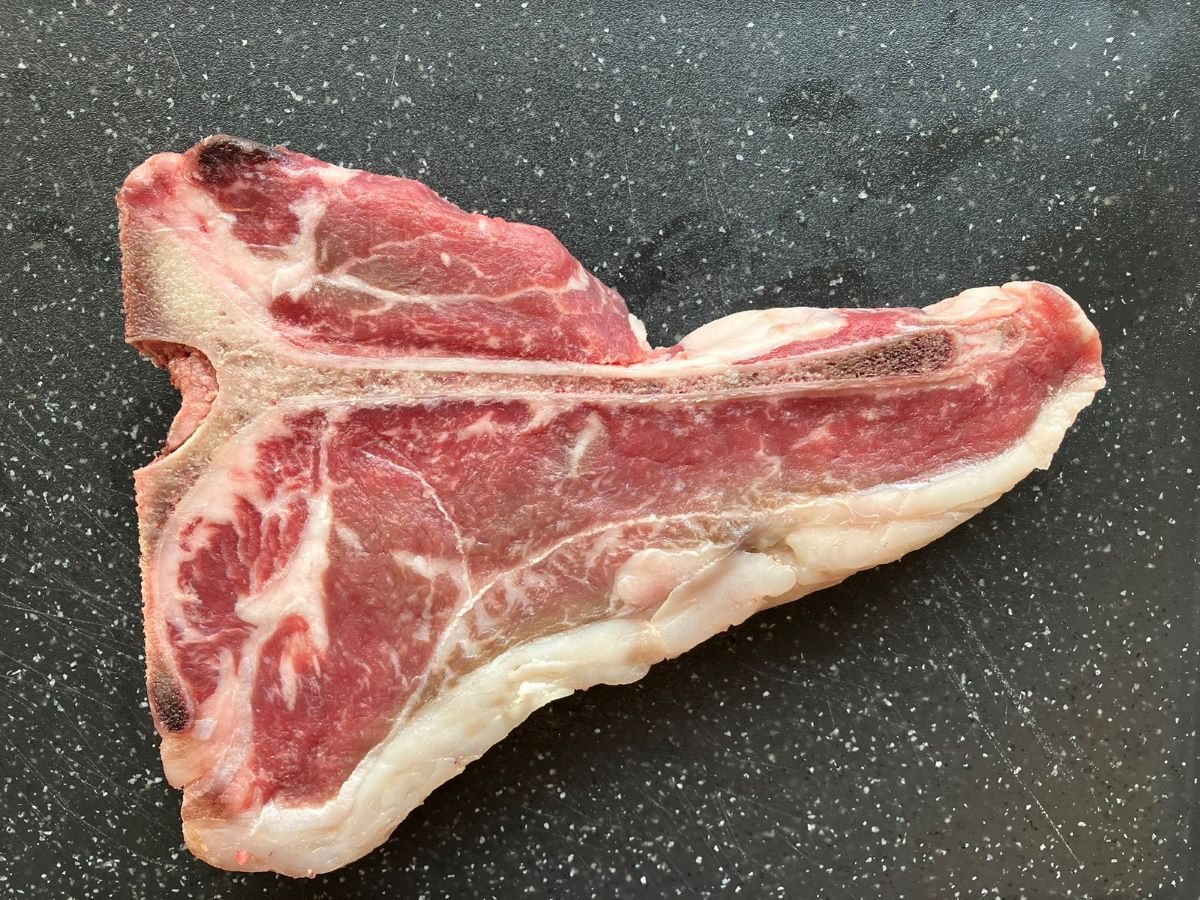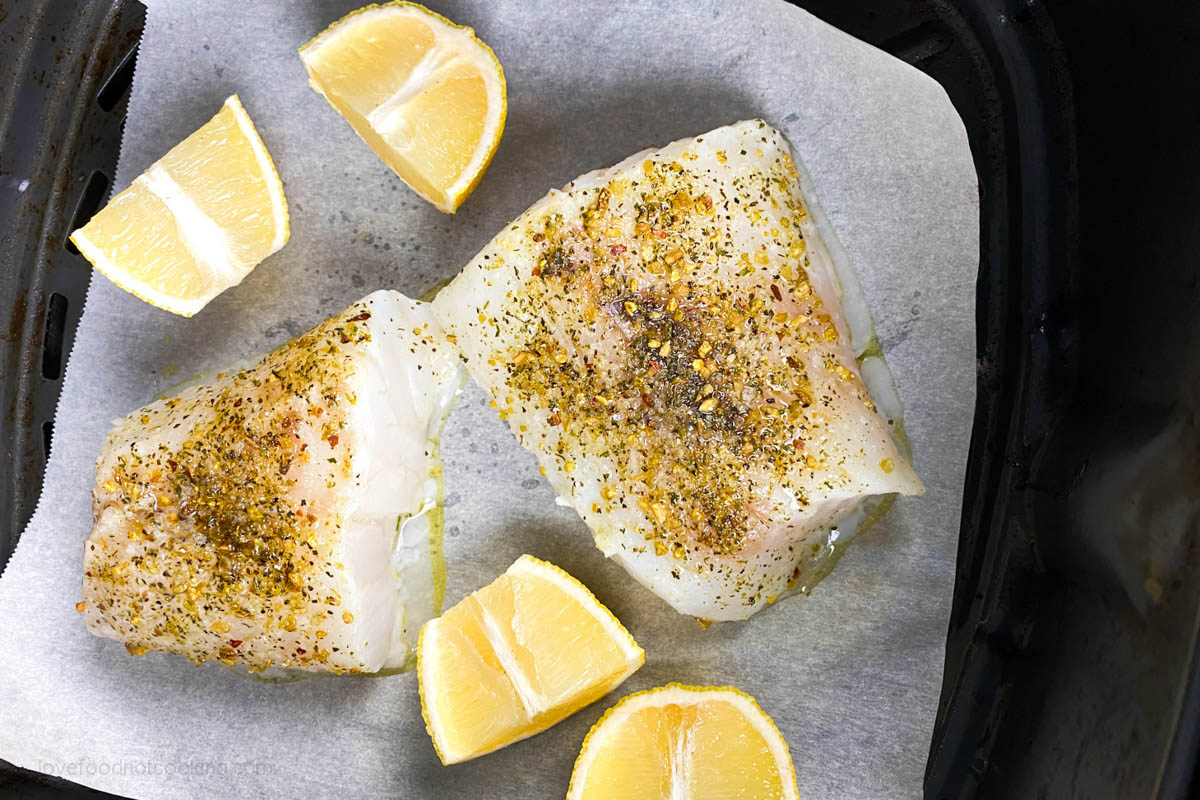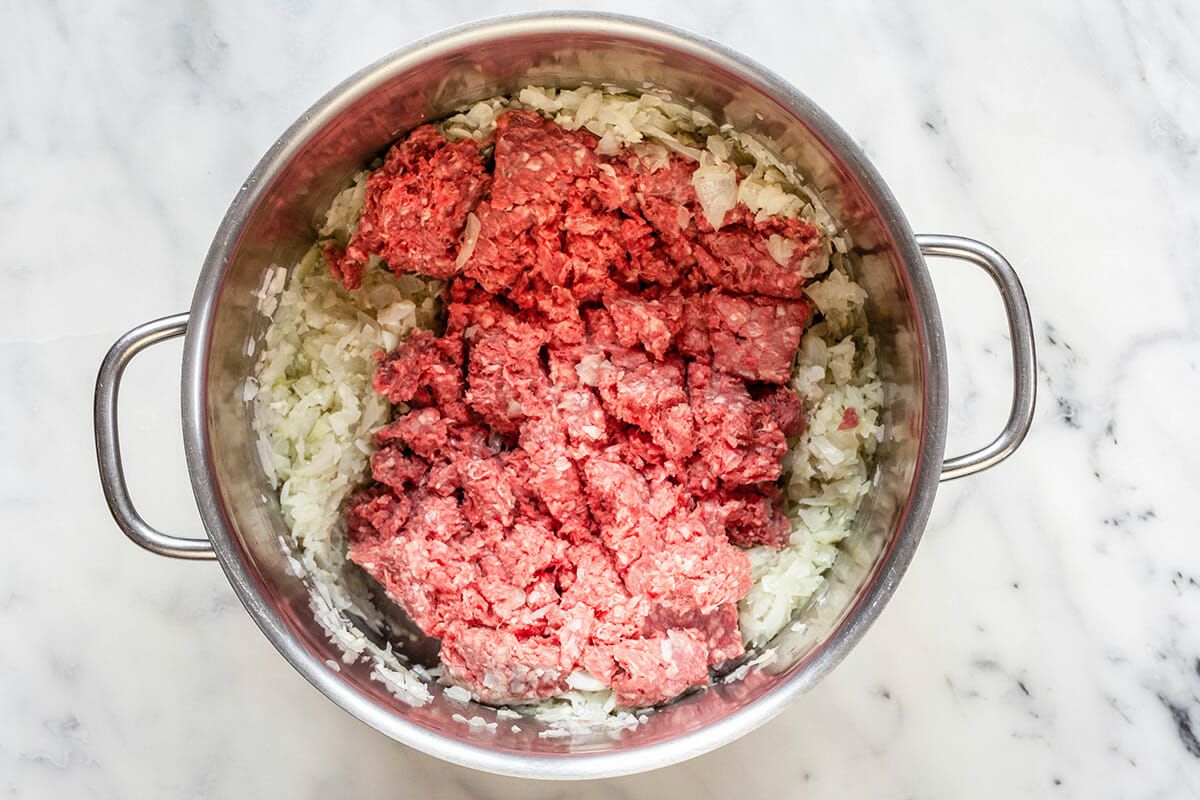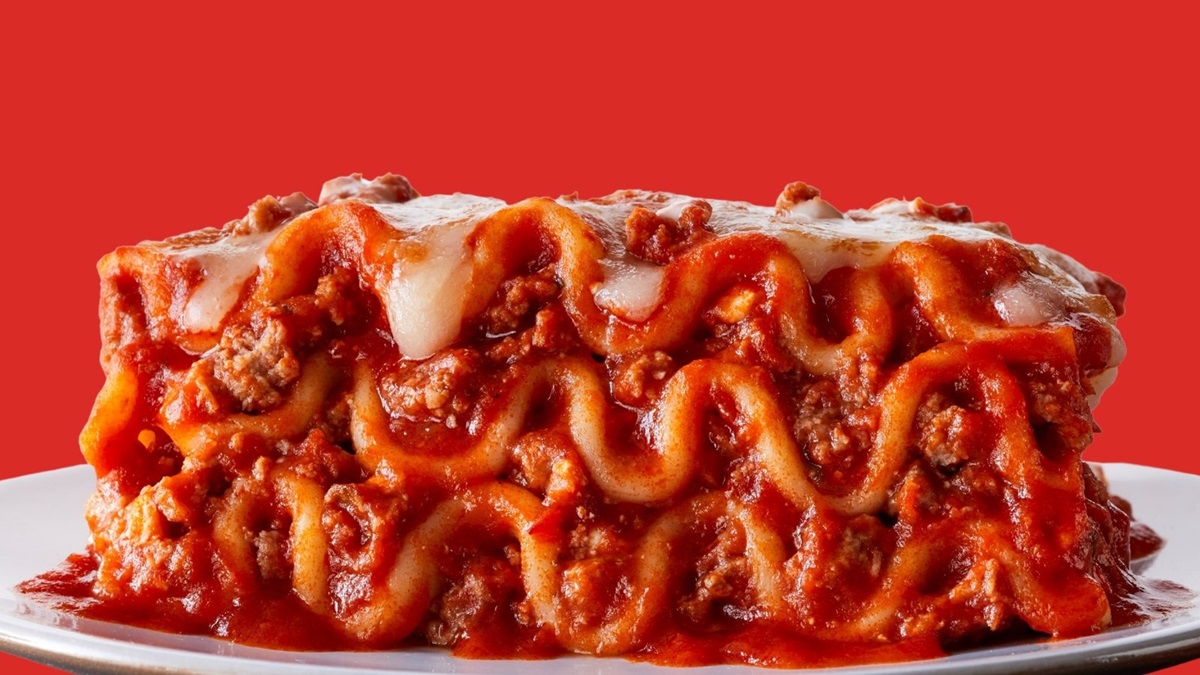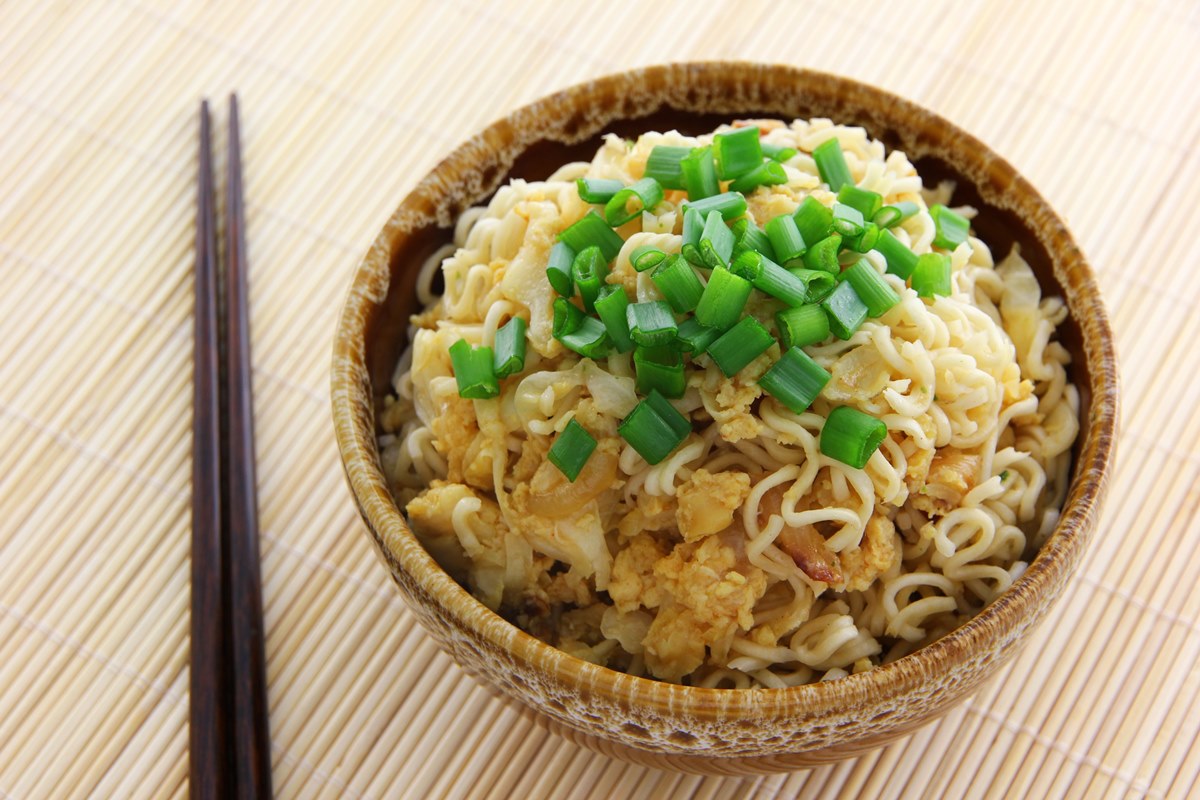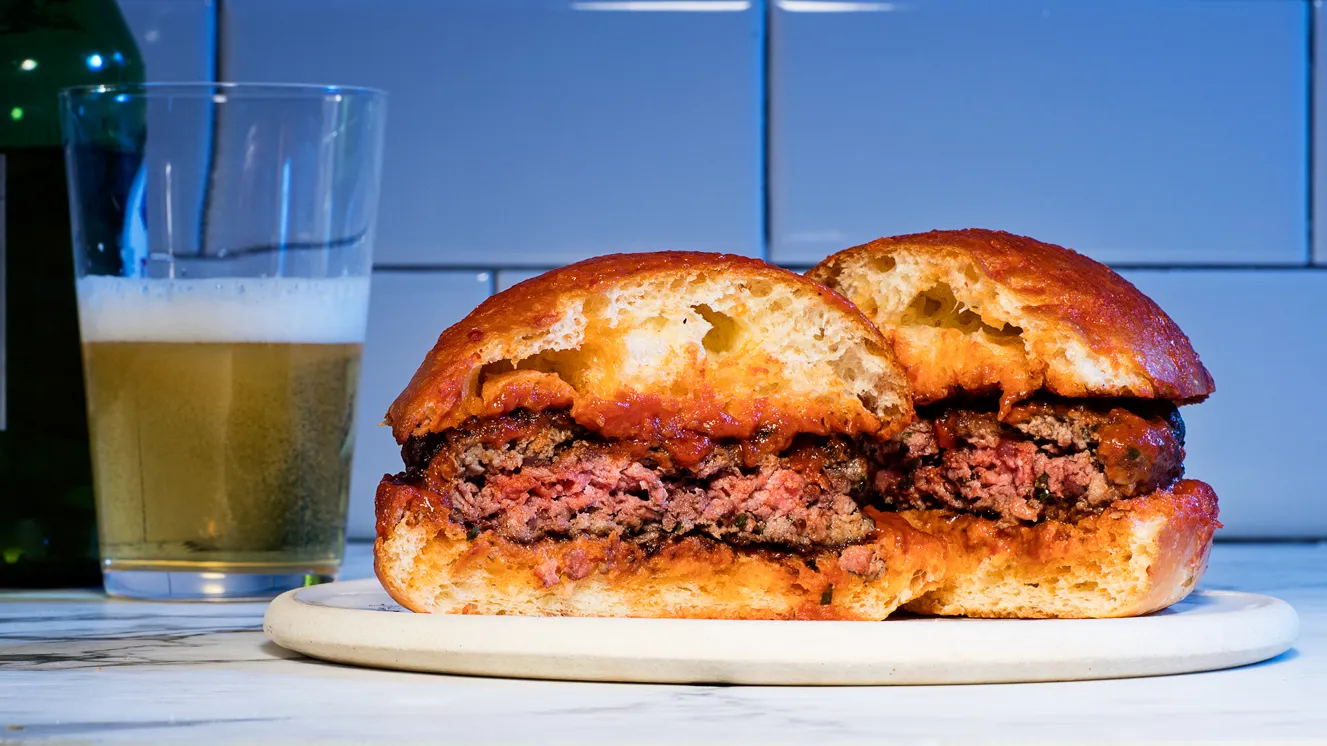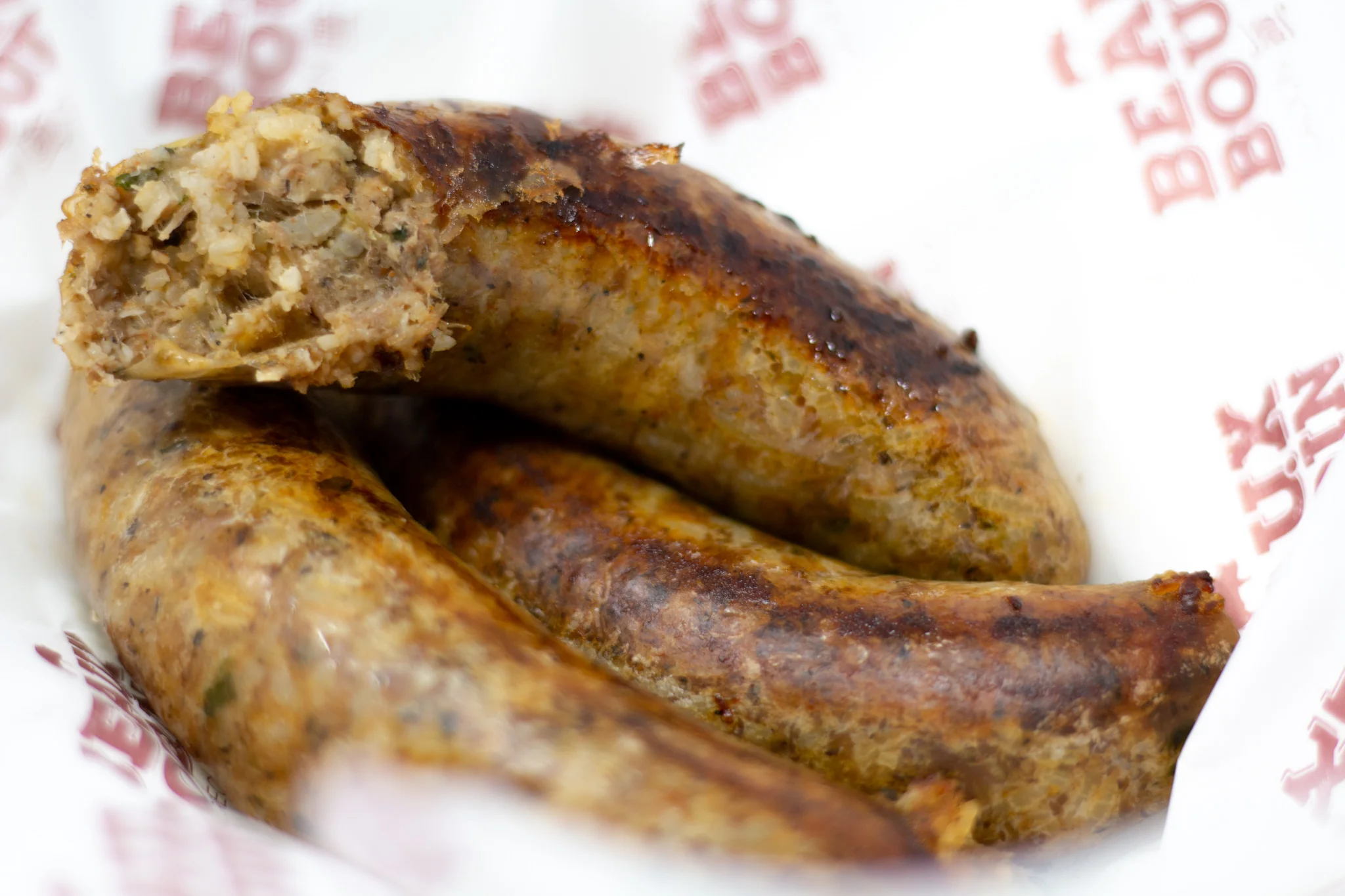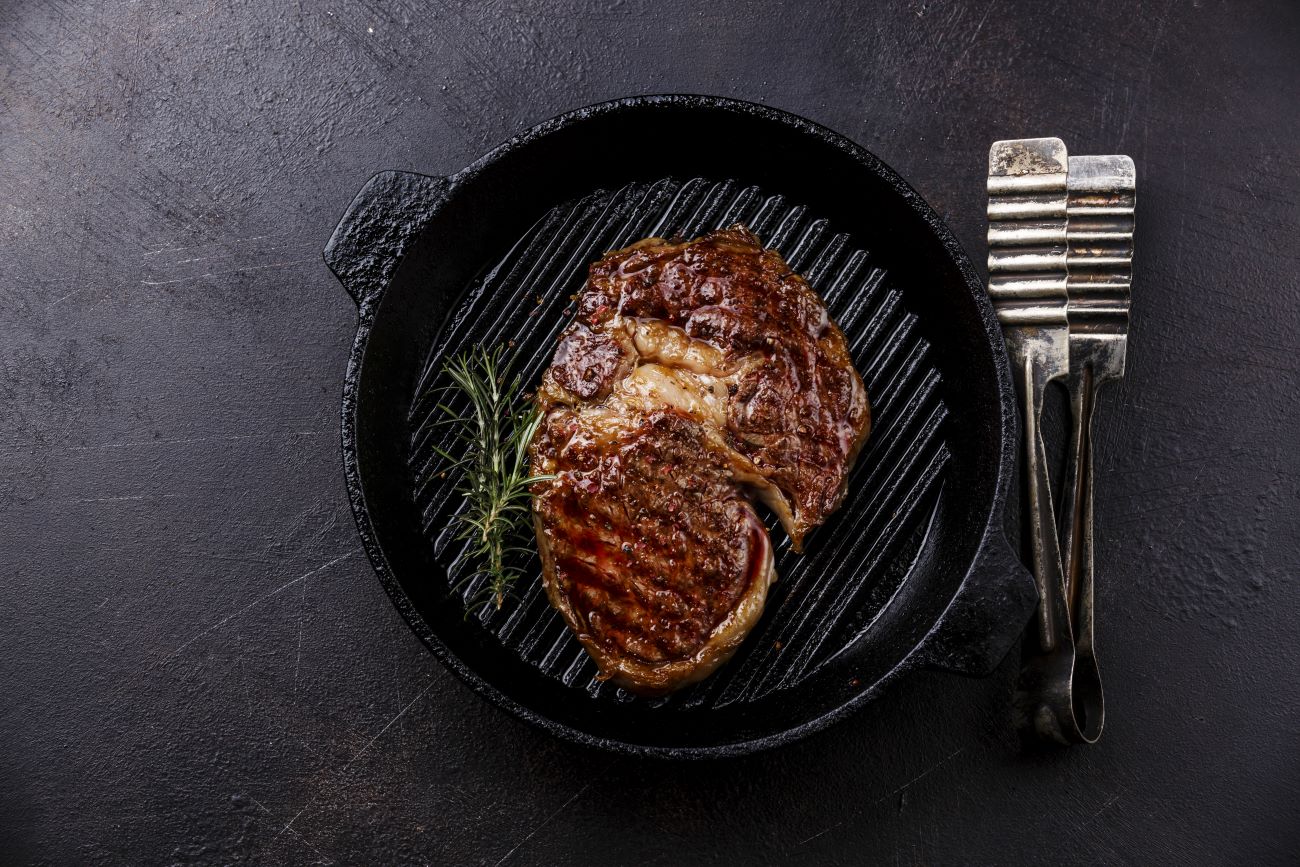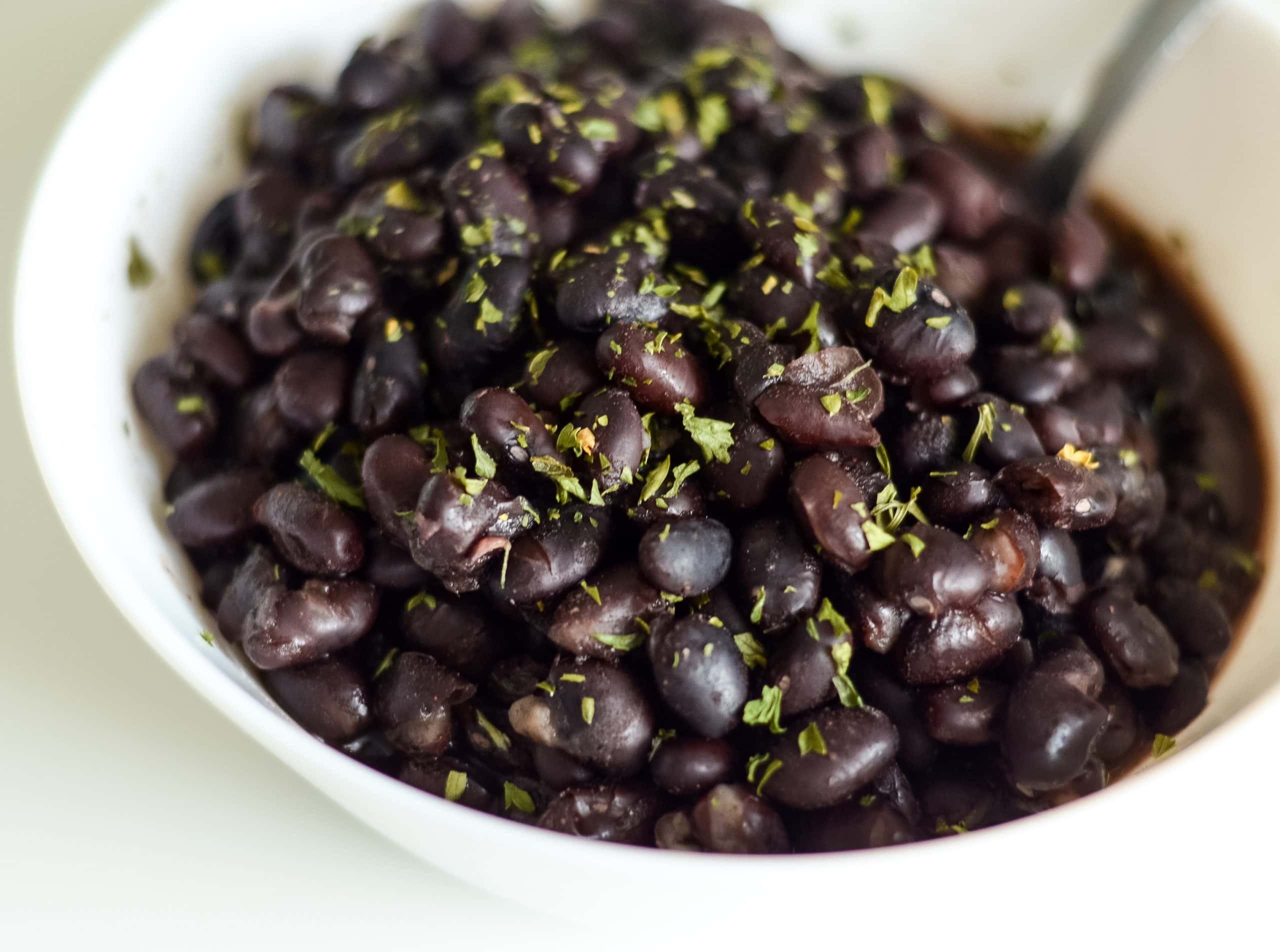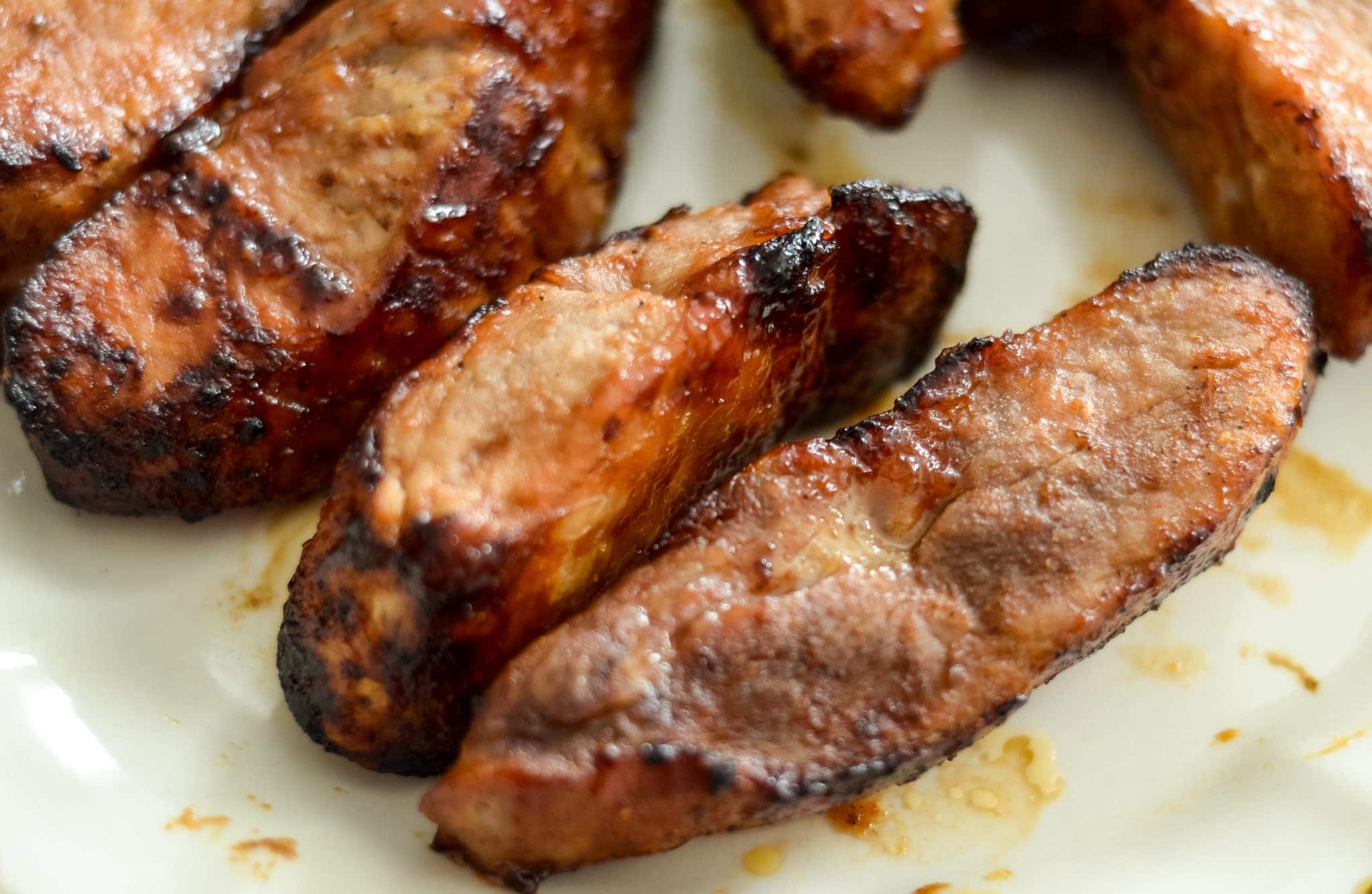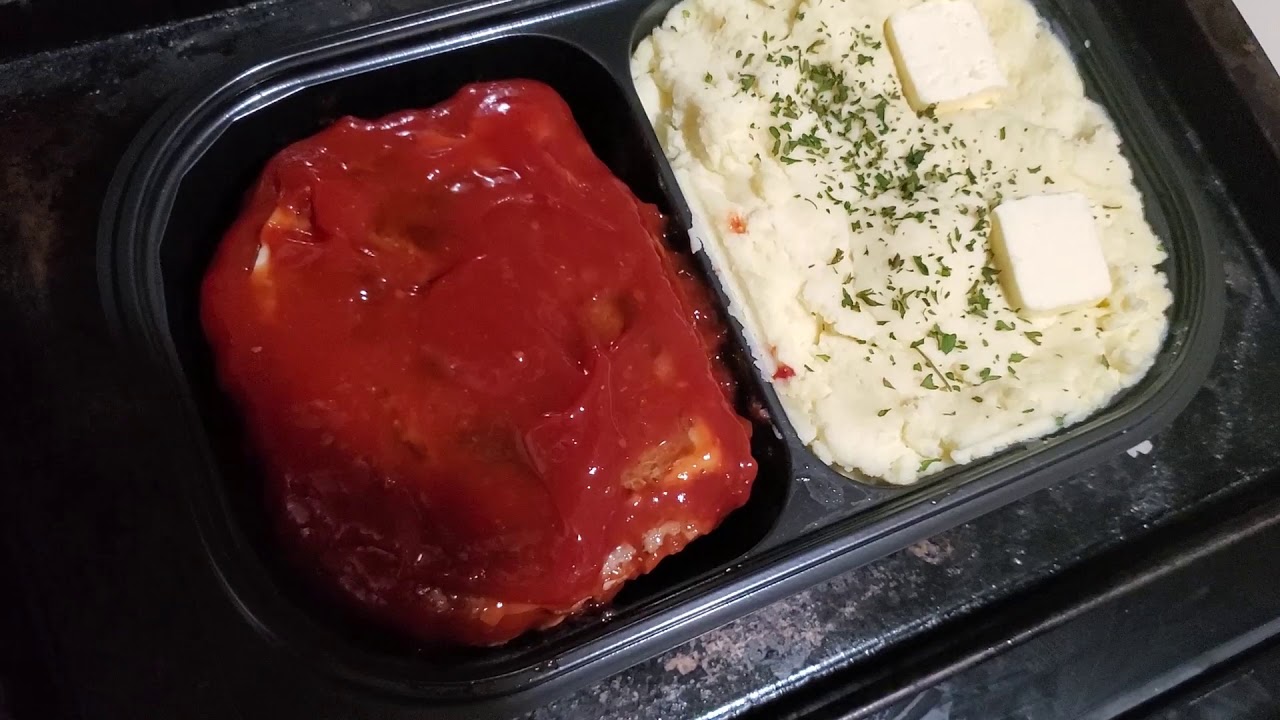Mastering the Art of Cooking Bottom Round Roast on a Gas Grill
Are you ready to transform your next family gathering or special occasion with a mouthwatering bottom round roast? Look no further! In this guide, we’ll take your gas grill skills to the next level and show you how to cook a tender and flavorful bottom round roast that will leave your guests begging for seconds. Grab your apron and let’s get grilling!
Choosing the Perfect Cut
Before firing up the grill, it’s essential to select a top-quality bottom round roast. This cut usually comes from the hindquarters of the cow, making it a budget-friendly option without sacrificing flavor. When shopping for your roast, look for one with even marbling and a deep red color, as these are indicators of tenderness and taste.
Preparation is Key
1. Begin by patting the roast dry with paper towels to ensure a good sear. Season generously with salt, pepper, and any other preferred spices to enhance the flavor profile.
2. Allow the roast to sit at room temperature for about 30 minutes. This step ensures even cooking and a juicy end result.
3. While the roast is resting, preheat your gas grill to medium-high heat. Aim for a temperature of around 400°F (204°C) to sear in the juices and achieve the perfect crust.
Grilling Techniques
1. Place the bottom round roast directly on the preheated grill grates. Sear the roast on all sides for about 4-5 minutes per side, or until a beautiful caramelized crust forms. This initial searing not only adds a delightful smoky flavor but also locks in the natural juices.
2. After searing, reduce the heat on your grill to low or medium-low, depending on the power of your gas grill. This lower temperature ensures the meat cooks evenly and remains tender.
3. If using a gas grill with multiple burners, turn off the burner directly underneath the roast and leave the rest on. This technique creates indirect heat, mimicking the effects of roasting in an oven. It helps prevent the roast from drying out.
4. Cook the bottom round roast for approximately 20-25 minutes per pound, or until it reaches the desired internal temperature. Aim for a medium-rare to medium doneness, which is around 130-140°F (54-60°C) on a meat thermometer inserted into the thickest part of the roast.
5. To add a smoky flavor, you can use wood chips or chunks. Soak them in water for about 30 minutes before placing them directly on the heat source of your gas grill.
Resting and Serving
Once the bottom round roast reaches the desired doneness, remove it from the gas grill and let it rest for 15-20 minutes, loosely covered with aluminum foil. This resting period allows the juices to redistribute throughout the meat, ensuring a moist and tender final result.
When you’re ready to serve, carve the roast against the grain into thin slices. This technique ensures maximum tenderness and helps retain the juices within each slice. Serve alongside your favorite sides and watch your guests indulge in a truly satisfying dining experience.
To sum it up, cooking a bottom round roast on a gas grill elevates the flavors and adds a delightful touch of smokiness. With the right techniques and proper attention to cooking times, your bottom round roast will become the star of the show at any gathering. Put on your grill master hat and delight your loved ones with a perfectly cooked bottom round roast on your next grilling adventure!
For those looking to elevate their grilling game, there are numerous recipes that perfectly complement the guide on cooking a bottom round roast on a gas grill. The Grilled Bottom Round Roast with Chimichurri Sauce offers a zesty and fresh flavor profile that pairs beautifully with the smoky essence from the grill. For a more herbaceous kick, try the Herb-Crusted Bottom Round Roast with Grilled Vegetables, which combines savory herbs with the natural sweetness of grilled veggies. If you’re in the mood for something with bold, spicy flavors, the Cajun-Spiced Bottom Round Roast with Grilled Asparagus will not disappoint. And for a fusion of sweet and savory, the Honey and Soy Glazed Grilled Bottom Round Roast provides a delightful contrast that’s sure to impress. Each of these recipes not only enhances the natural flavors of the roast but also adds a unique twist that makes the grilling experience even more enjoyable.
Was this page helpful?
Read Next: How To Cook Dehydrated Morel Mushrooms
